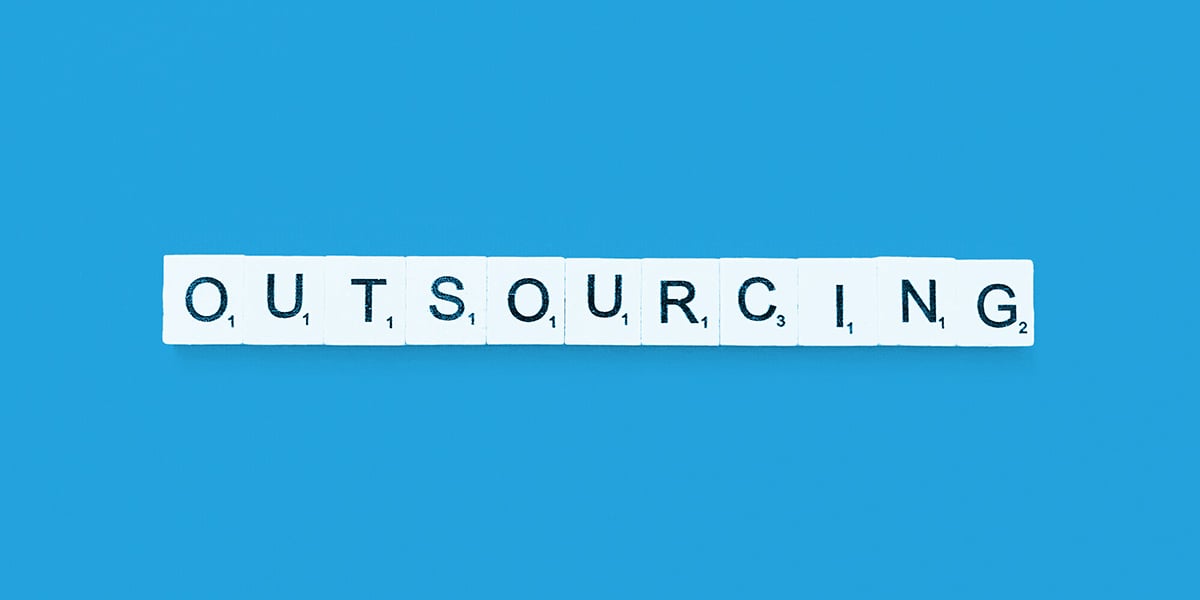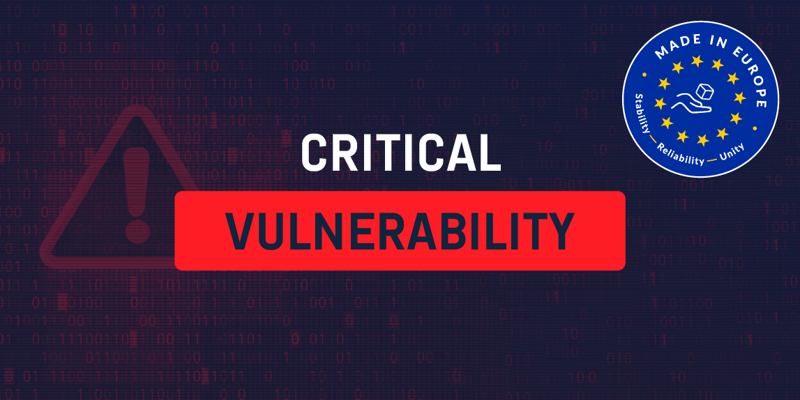You’re still responsible when outsourcing
A common misconception is that outsourcing means that the liability for, as an example, personal data in relation to GDPR is wholly or partly in the outsourcing partner's responsibility. But the legal responsibility is still yours, in being the owner of the data. Whether you outsource or not, you have the same responsibility towards authorities, laws, and recommendations. If you would leak personal data as a result of neglected security, it is your organization, not your partner, who will be held responsible.
The SLA is not a guarantee
Today a part of the outsourcing partner's offer is an SLA that describes the level of service and security to be delivered. But how do you ensure that the SLA is adhered to by your partner, as the SLA does not imply any warranty? An SLA should be considered as a guideline for how your partner should work – and not a guarantee.
Don’t evaluate your own security
A rule of thumb in cyber security is not to evaluate your own security. This should be wholly or partly made by an independent party or product, or a combination of the two. Research indicates that those who evaluate their own cyber security, without the help of independent parties or tools, do not get the complete comprehensive analysis and they miss out on important details. One common example is that systems that you think are safe, or systems that will be retired, are skipped. These systems might just be the ones with critical vulnerabilities today or in a near future.
Vulnerability assessment - an objective way of analyzing security
Automatic and continuous vulnerability assessment ensures good basic security in your outsourced IT environment. The vulnerability assessment provides you with an objective overview, and also provides effective methods for communicating information about vulnerabilities, both current and over time. The reports are adapted for both non-technical and technical savvy. For example, the person who is responsible for the personal data, the Data Protection Officer (DPO), can get a tailored report automatically once a month, that clearly states how vulnerable the system holding personal data is.
Collaborate – don’t monitor
In Holm Security's platform, you can work together with your outsourcing partner. You can both access the Security Center (our control panel) and be able to prioritize and discuss vulnerabilities. The platform then becomes a tool that promotes cooperation with your outsourcing partner and enables you to work more efficiently with your cyber security.
5 tips when outsourcing your IT:
- Ensure that your partner maintains a high level of security in their delivery
- Remember that SLAs and other agreements do not guarantee that your outsourced IT environment is secured
- Outsourcing does not reduce your responsibility from a legal perspective
- Require SLAs to be followed with continuous and automated vulnerability assessments
- Require that you automatically receive weekly or monthly reports with a clear overview of the vulnerability status in your IT environment






